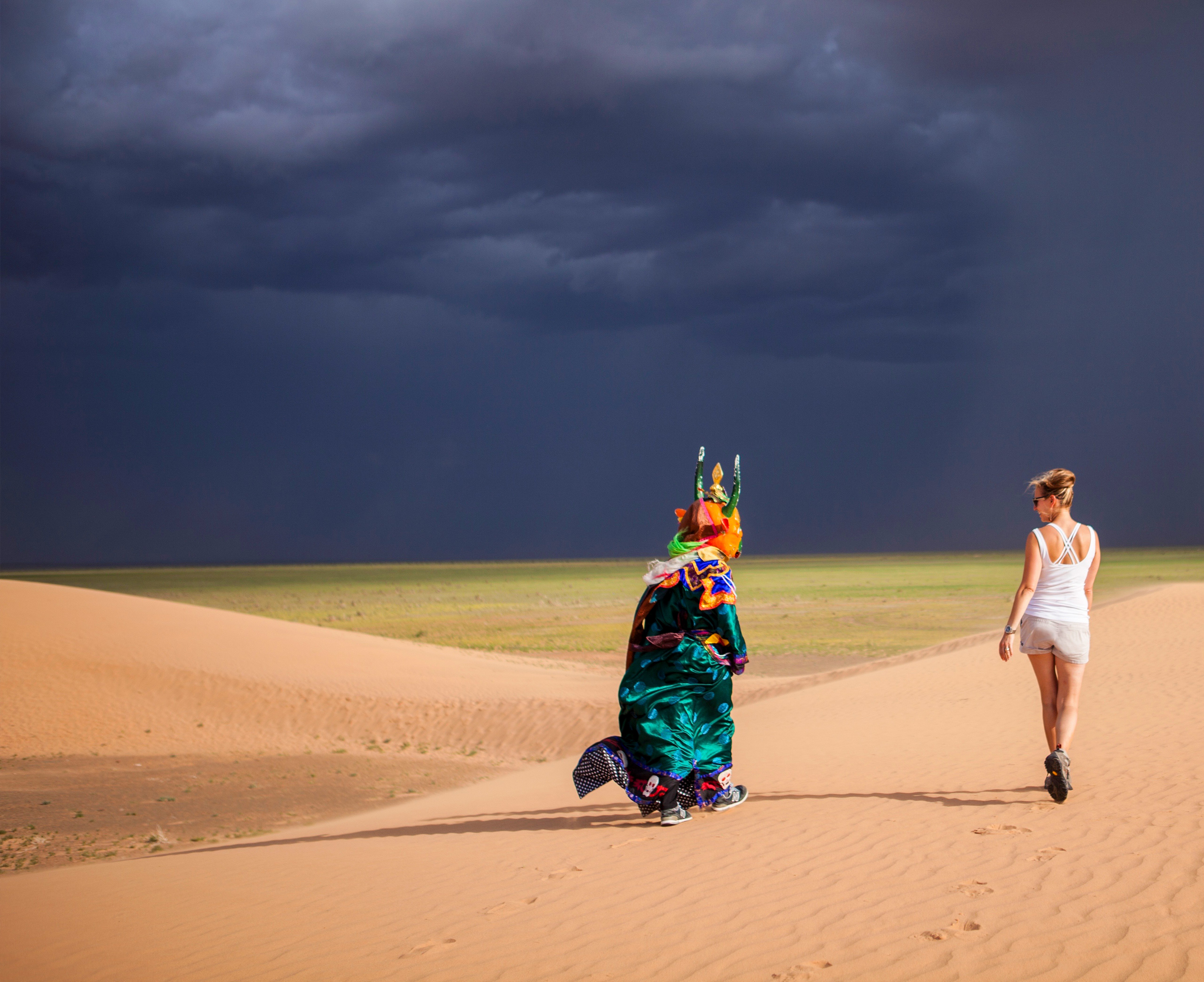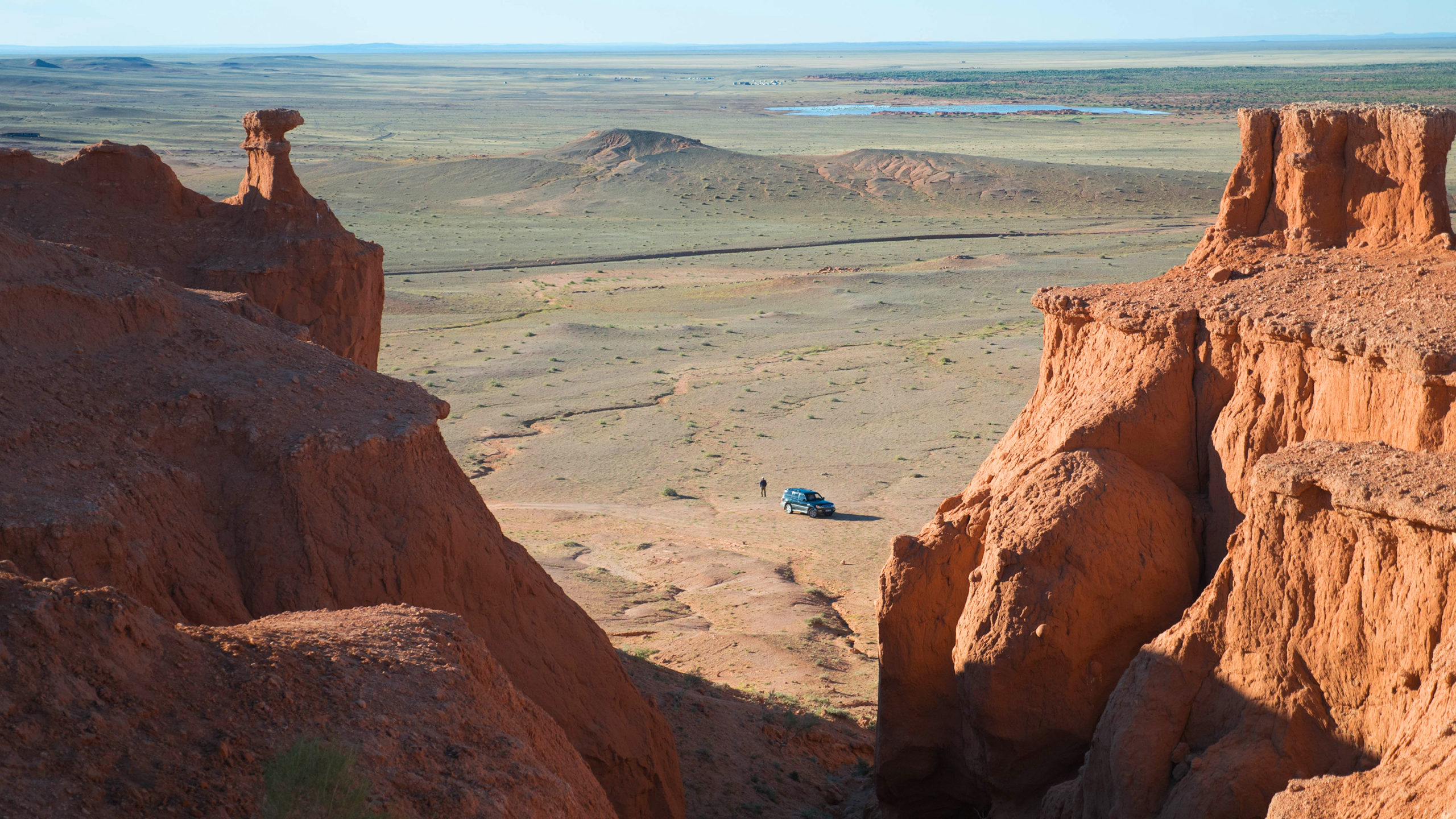

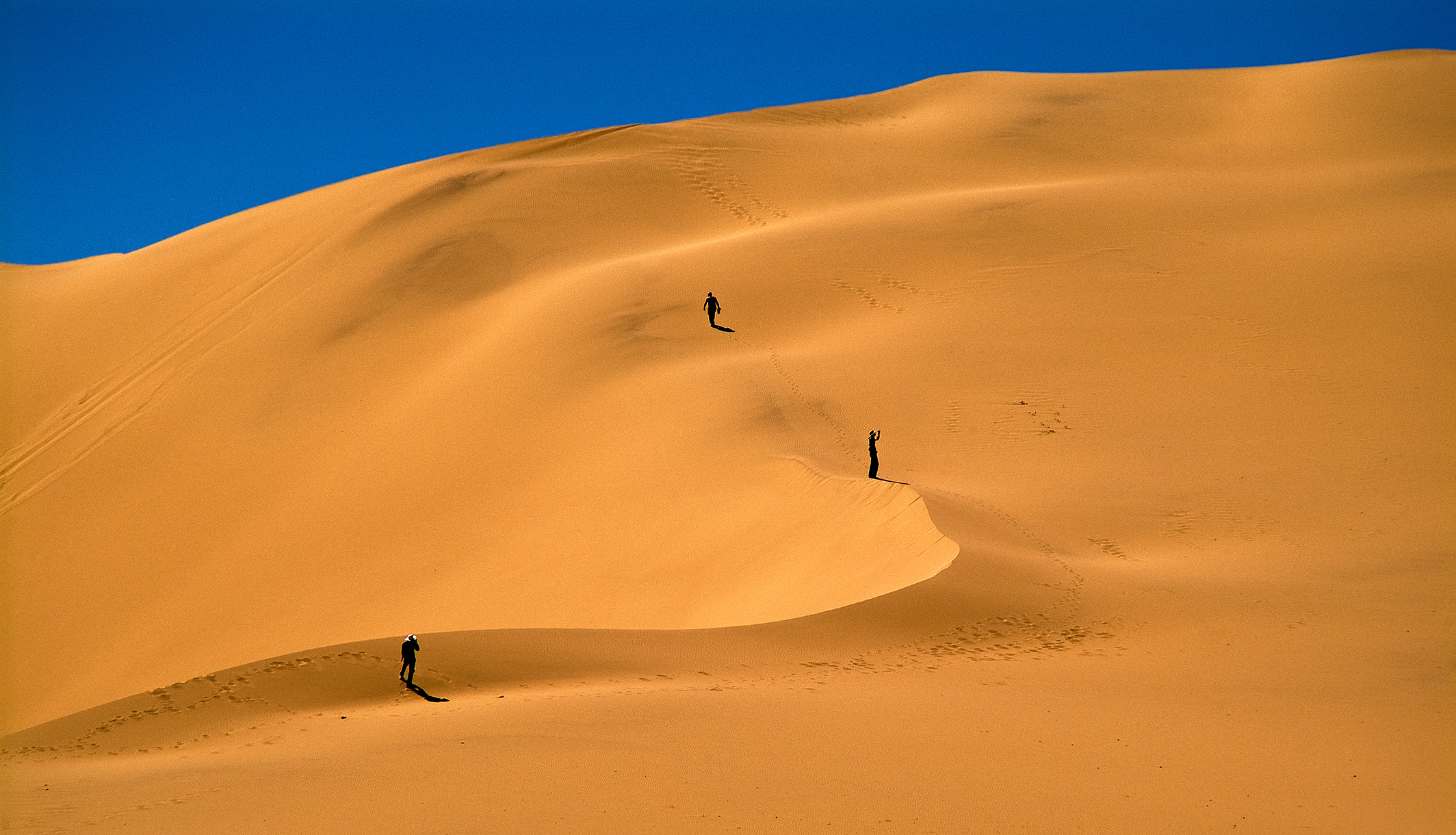

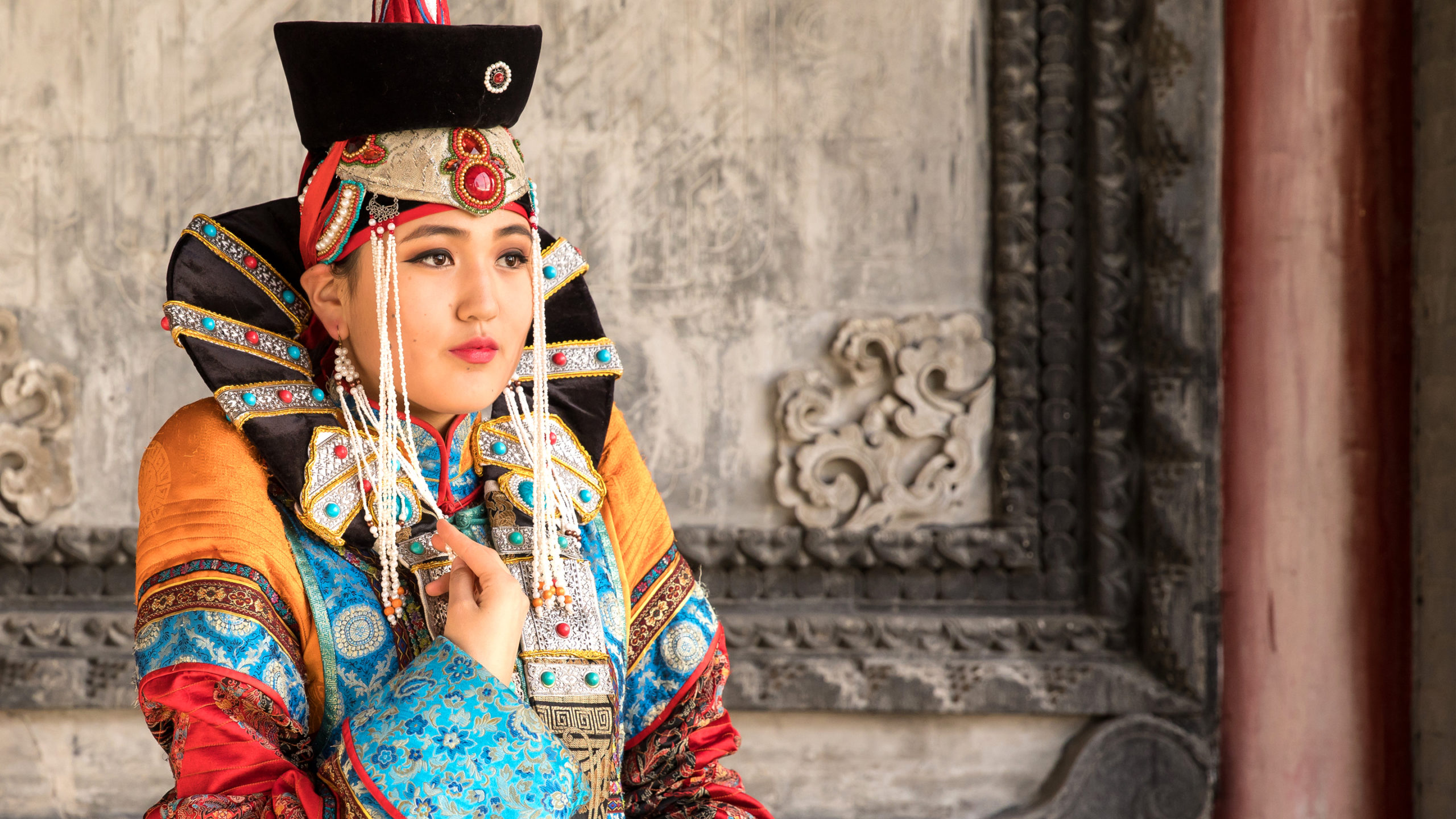

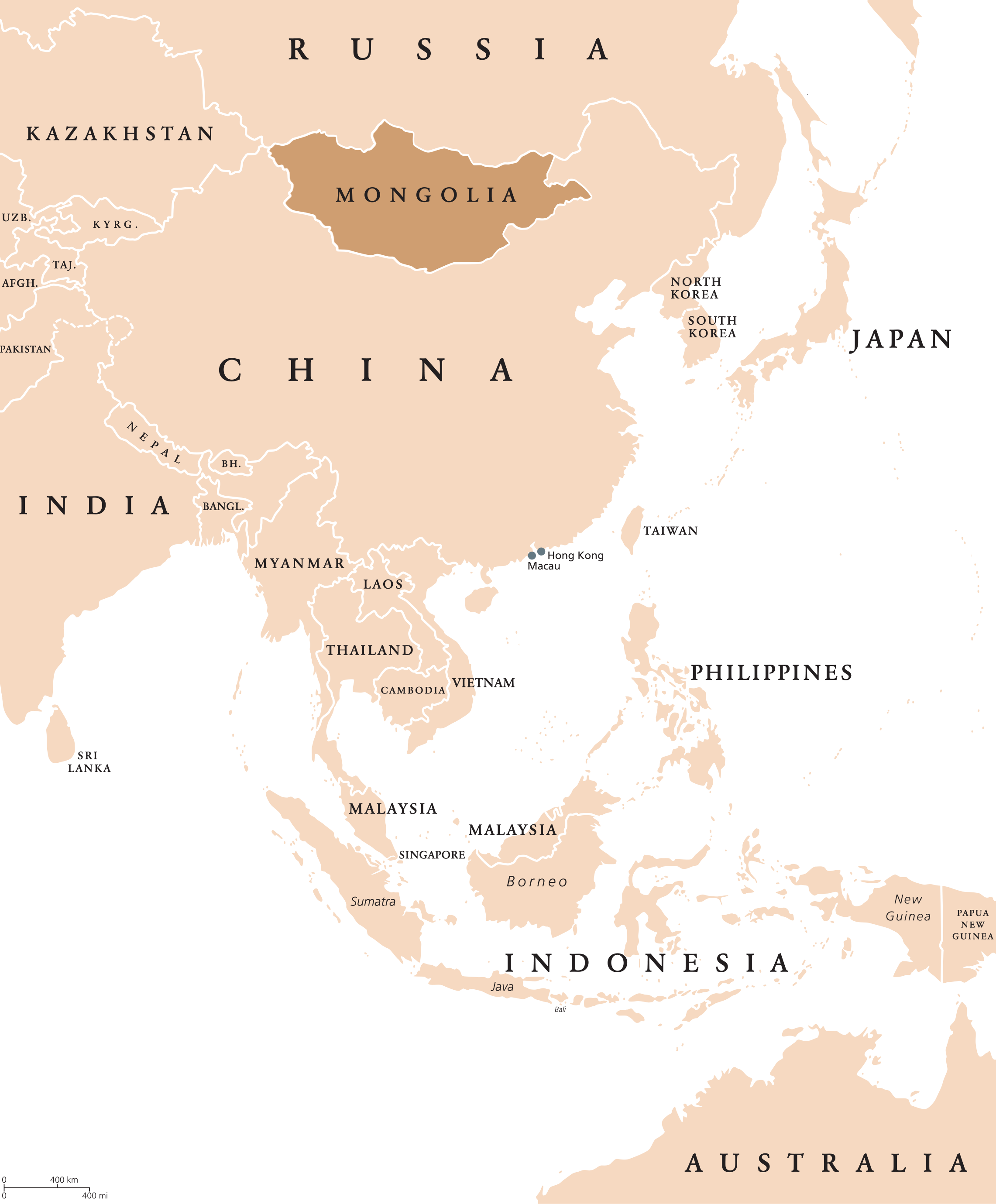
N 43’53”35’26” by E 103’44”25’15”
Getting to
Mongolia
Your rewarding journey to Mongolia likely begins with an international flight. Our country is situated between Russia to the north and China to the south. Direct flights to our nation’s capital run year-round from major cities including Berlin, Moscow, Istanbul, Hong Kong, Beijing, Tokyo, and Seoul.
Three Camel Lodge sits in the heart of the Gobi Desert and offers guests a private airstrip for those chartering planes or helicopters. In-country flights otherwise bring you to the city of Dalanzadgad (70km or 43 miles southeast of the lodge). From there, we greet guests and drive you to the lodge by Land Cruiser in a 1-hour scenic off-road drive.
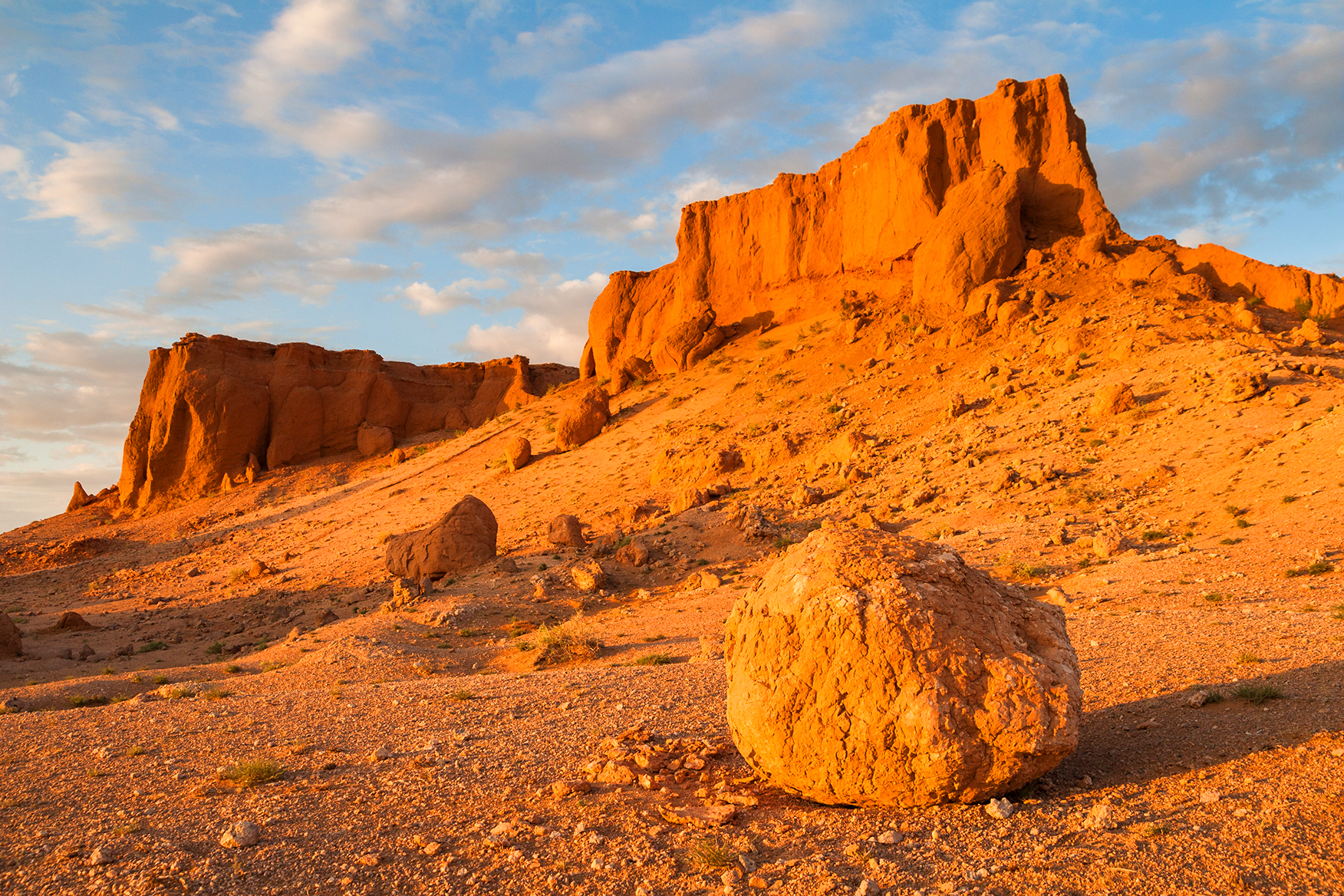
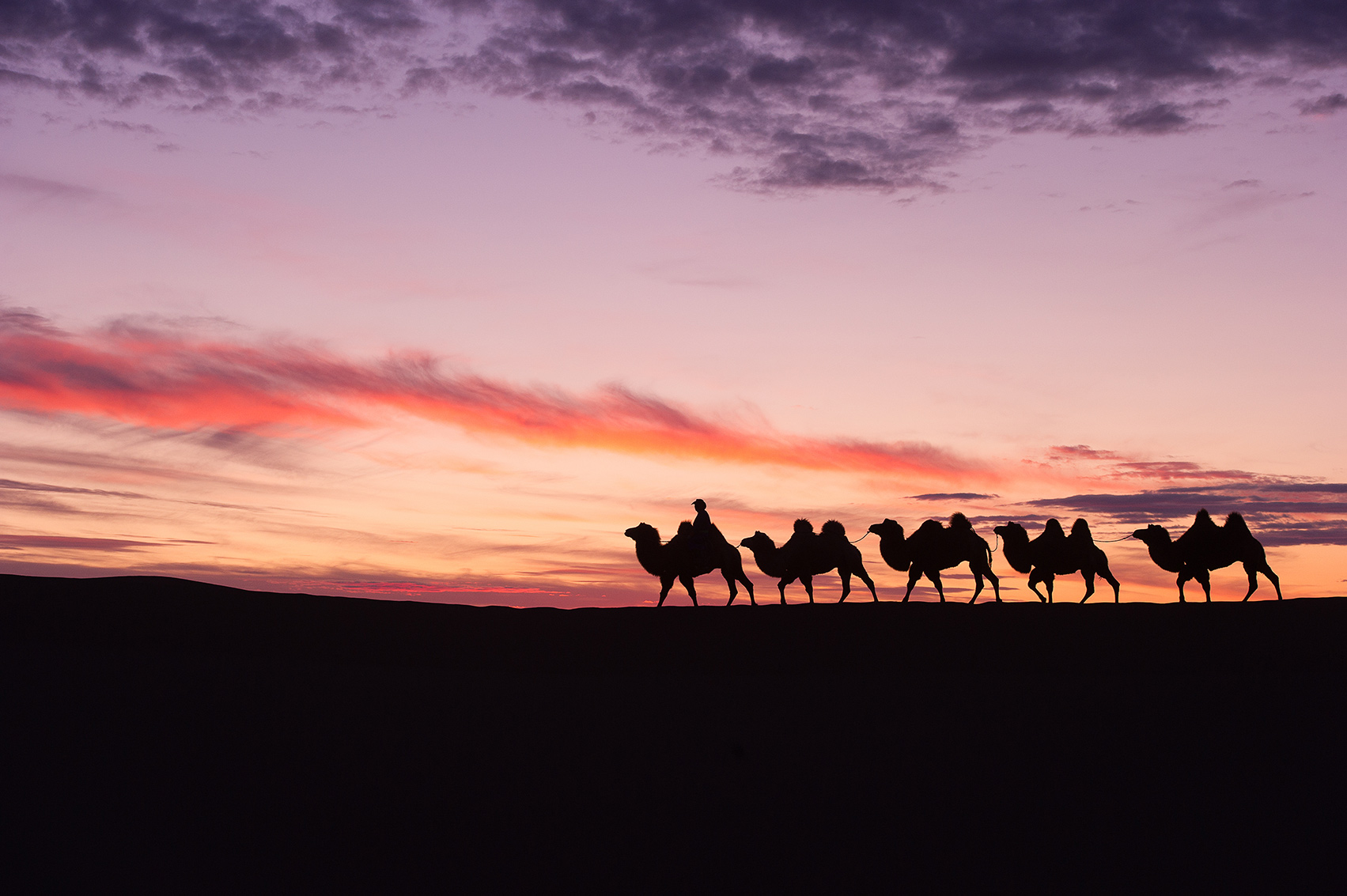
Mongolia
The history and culture of Mongolia is an ancient one. The land bears Stone Age artwork and remnants of structures far older than recorded time. Herodotus, considered the ‘Father of History,’ wrote descriptions of the Scythian race (approx. 600 B.C. to 300 A.D.), which lived a nomadic horseback existence, in the Central Asian region near the Black and Caspian seas.
Legend has it that during a great meeting of diverse steppe and forest tribes in the Khan Kentii Mountains in 1206, a man from poor nomadic origins was proclaimed Chinggis Khan, ruler of the Great Mongolian Nation. This man and his descendants would dominate half the world for the next few centuries, eventually commingling the arts and culture of other nations with their own, including Yuan Dynasty-era China.
This empire is verified by Marco Polo—among other historians, explorers and traders—who recorded his extensive stay among the Mongolian people between 1274 and 1291 A.D., experiencing firsthand the largest contiguous empire in human history.
Monuments to historic deeds, mysterious stone carvings and the metropolitan ruins of once-venerable empires dot the vast expanse of Mongolia, allowing our guests to connect with the legacy of the Great Khans and the timeless beauty of centuries of dynasties.
The nomadic traditions continue to this day, and those who explore our country find themselves as enveloped in the landscape and its lessons as those legendary Turkic-Mongol tribes who originated the land.
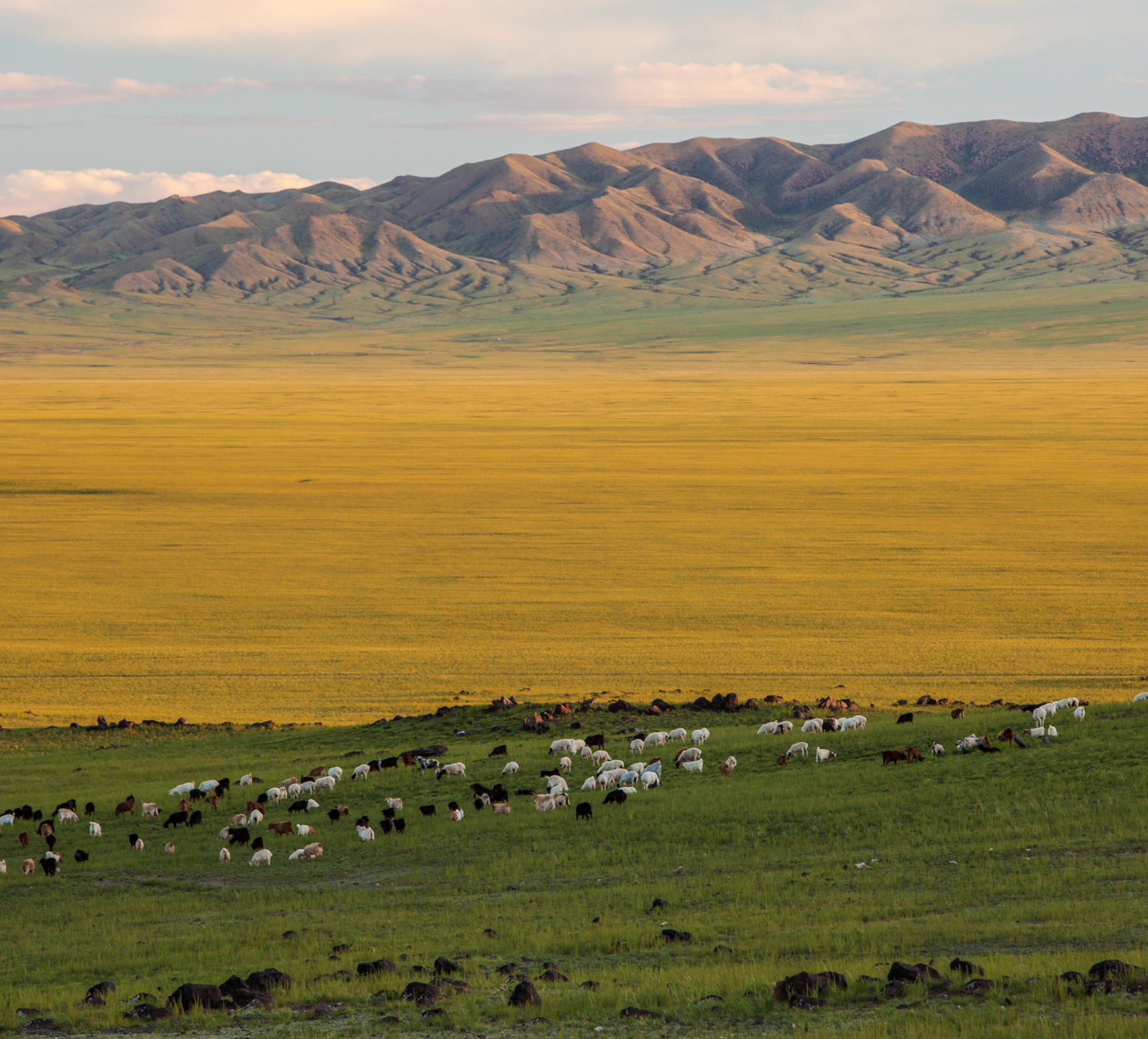
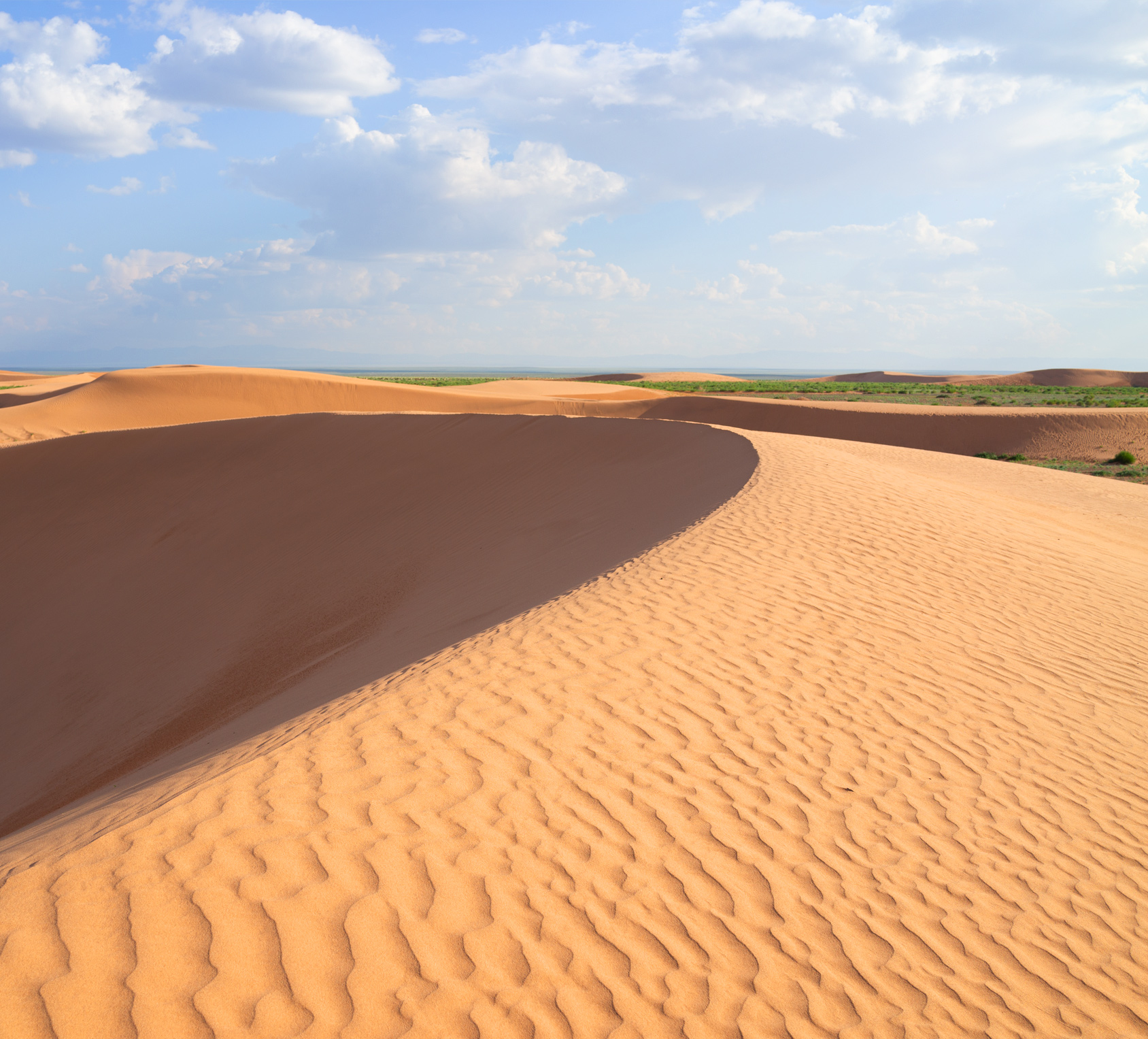
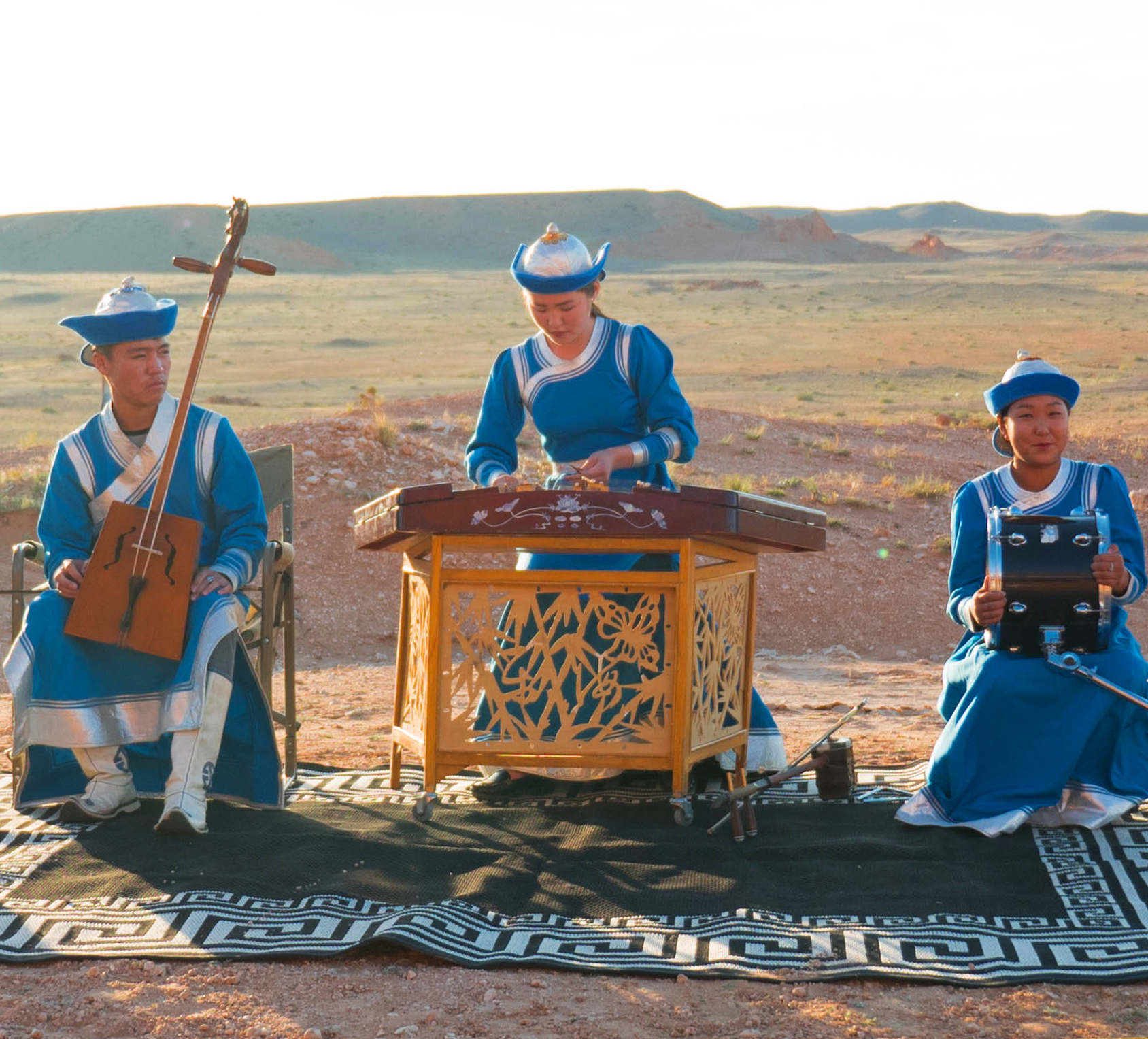
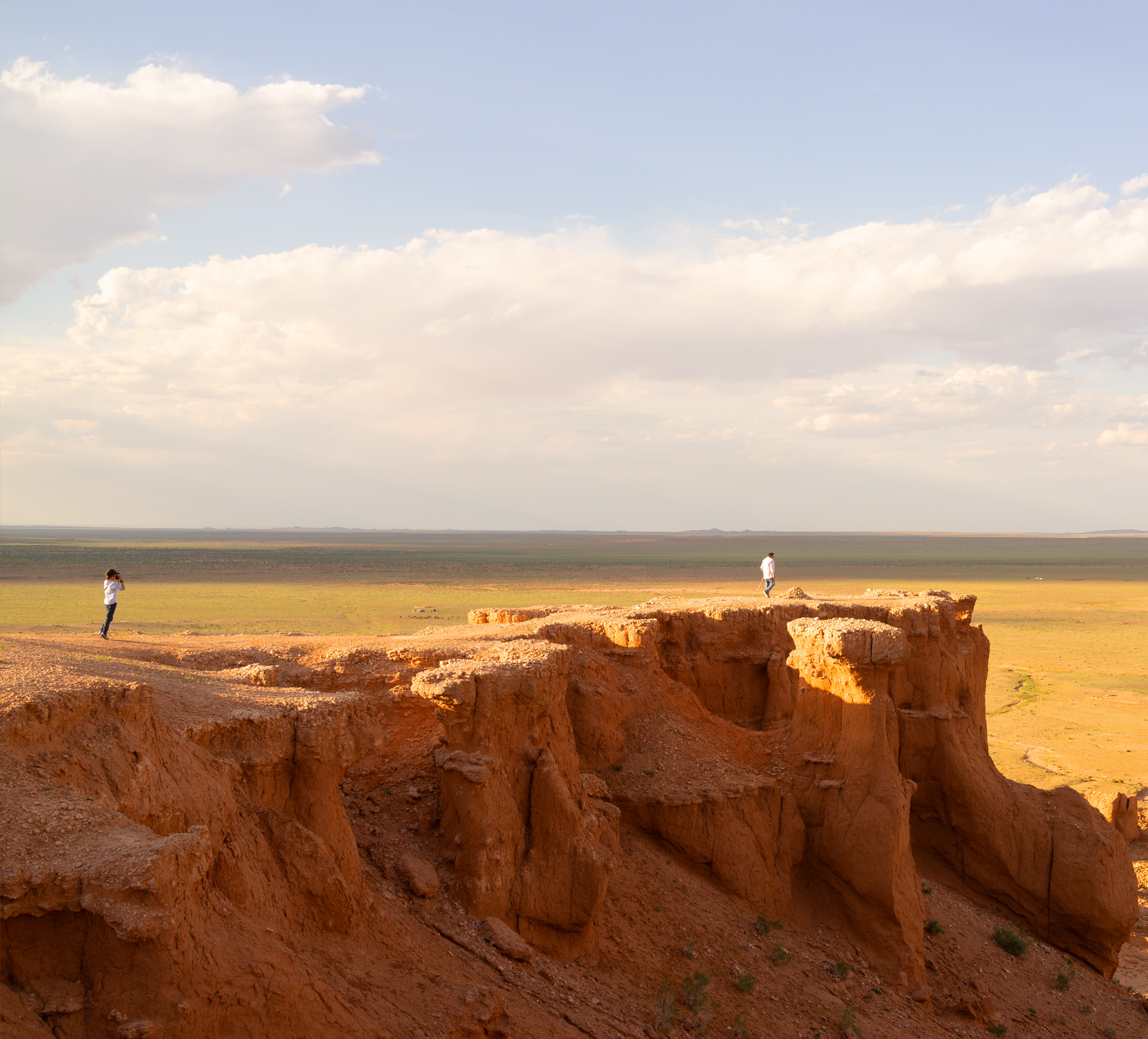
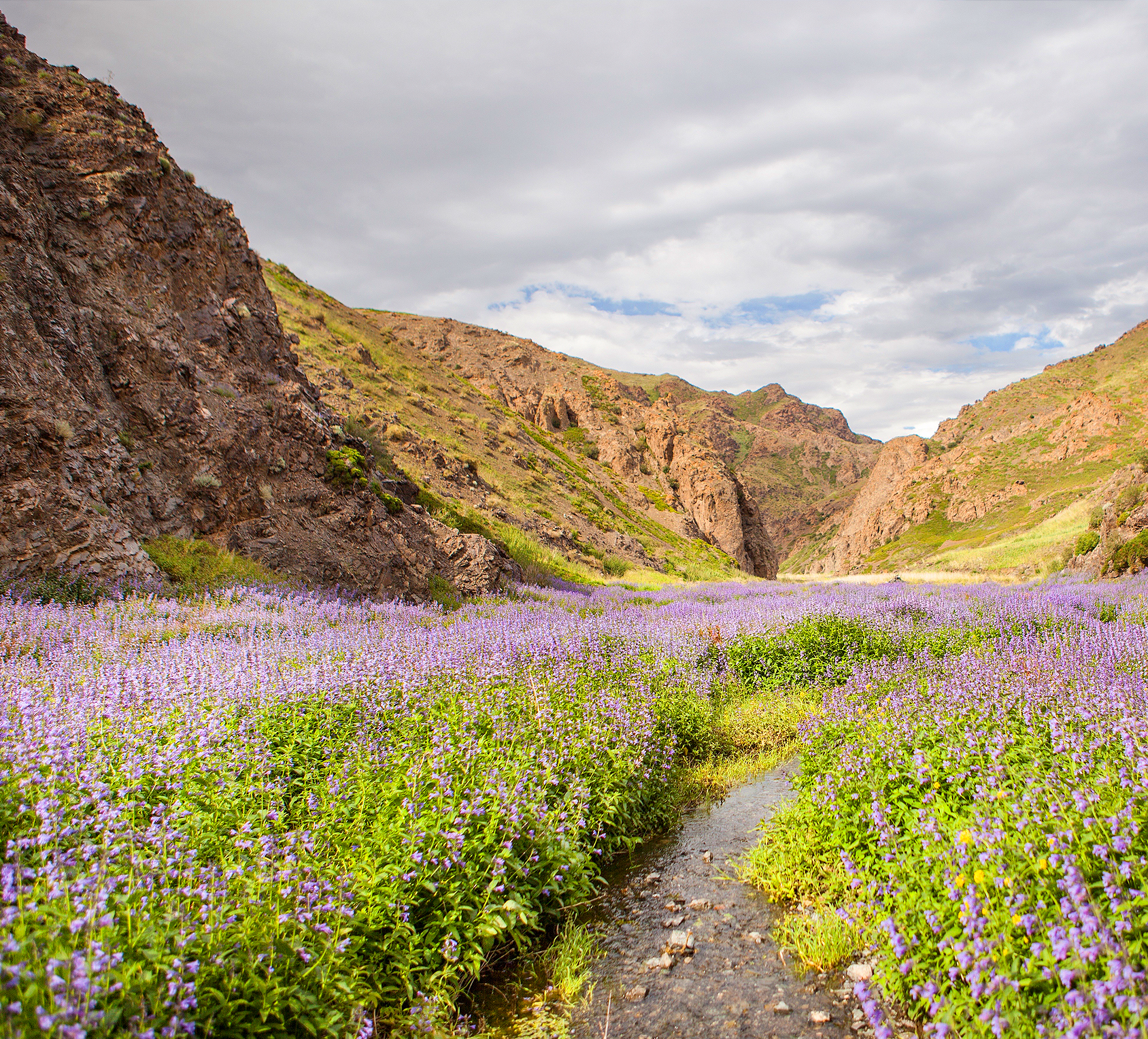

Natural Treasures
Mongolia’s vast countryside is widely inhabited by nomadic herders who consider their native landscape sacred. This ‘last wilderness nation’ entered the 21st century with its heritage largely intact, and it remains one of the most sparsely populated countries on Earth.
From dress to values to religion to customs to festivities to music and craftsmanship—the Mongol nomadic ways have shaped the customs of the people and remain essential today—evident in the artistry that courses through everyday life in a land of unimaginable splendor.
It is said that only in wide-open spaces do we have true vision. The vast otherworldly beauty of the Mongolia is one of Earth’s greatest treasures, and the magnificence of the land of Chinggis Khan remains largely as it began thousands of years ago.
The core of the conifer forest far to the north of Mongolia conceals the cleanest freshwater lake in the world, Lake Hovsgol, christened the Dark Blue Pearl of Mongolia. Eighty-five miles long and over 800 feet deep, it is a great rift lake and holds more than 1% of the world’s fresh water.
Oceanic grasslands carpet the summer in swaths of yellow cinquefoil, pink primrose and blue iris extending south of the mountains to the far east, across the Russian and Chinese borders, forming the largest continuous steppe in the world—10 times the size of the Serengeti.
In the lowermost region of Mongolia’s expanse, past the vast plains, there lies the immense region of desert—the Gobi. It is a name that summons rightful images of the remote, the exotic, and the formidable.
The scale of the Gobi’s landscape is indeed breathtaking, yet first-time visitors may be surprised at the variety of its beauty. The towering sand dunes of Hongoryn Els, the craggy juniper-clad peaks of the Gobian Altai, the saxaul ‘forests,’ colorful desert flora and bird-filled lakes, the red sandstone spires of the Flaming Cliffs—all equally enchanting.
Mongolia is also home to some of the most spectacular wildlife on earth. Elk are common in the northern forests. Mountain regions throughout the country harbor healthy populations of Argali, the largest of the world’s bighorn sheep, as well as Ibex, the agile mountain goat. And throughout the country one can find Gazelle, the Wild Bactrian Camel, the Gobi Bear, raptors such as the Golden, and the Takhi, the last remaining wild horse in the world.

are Never Lost
